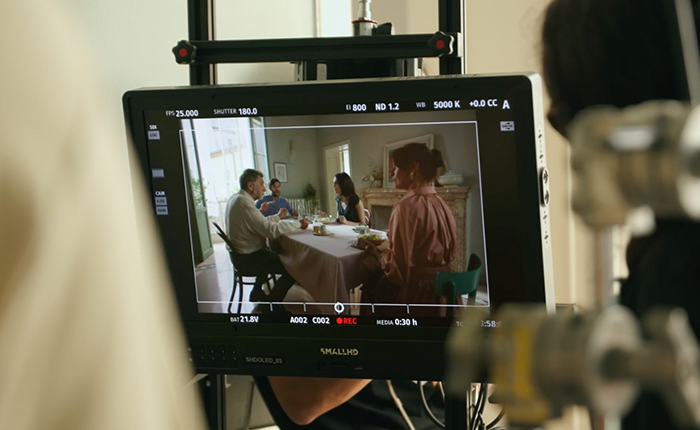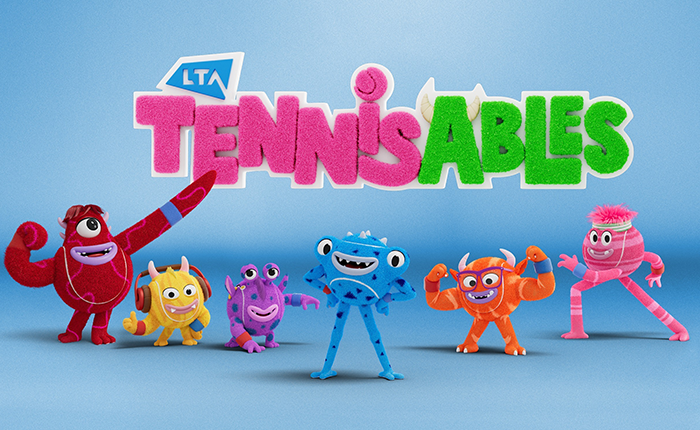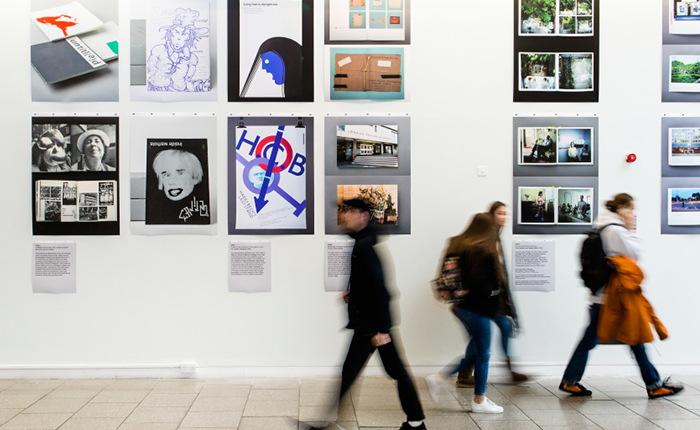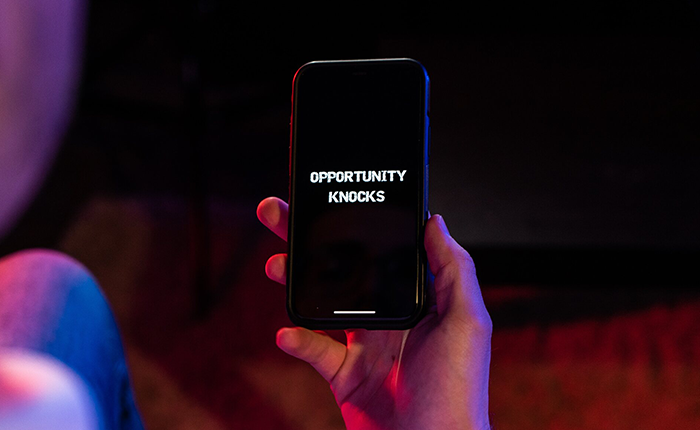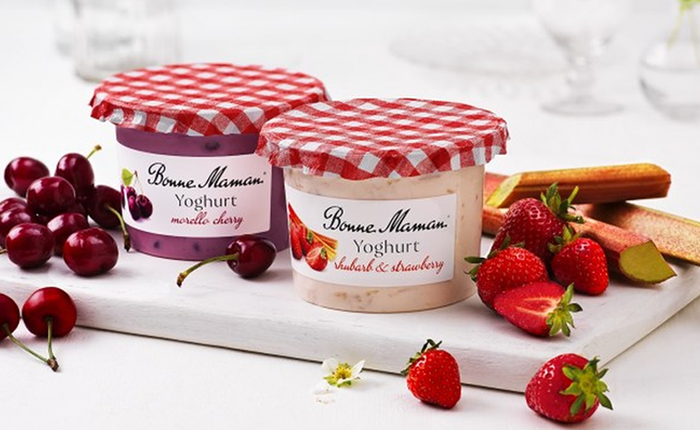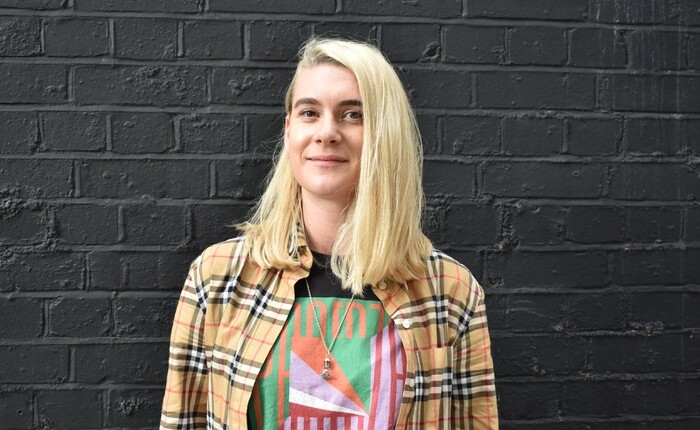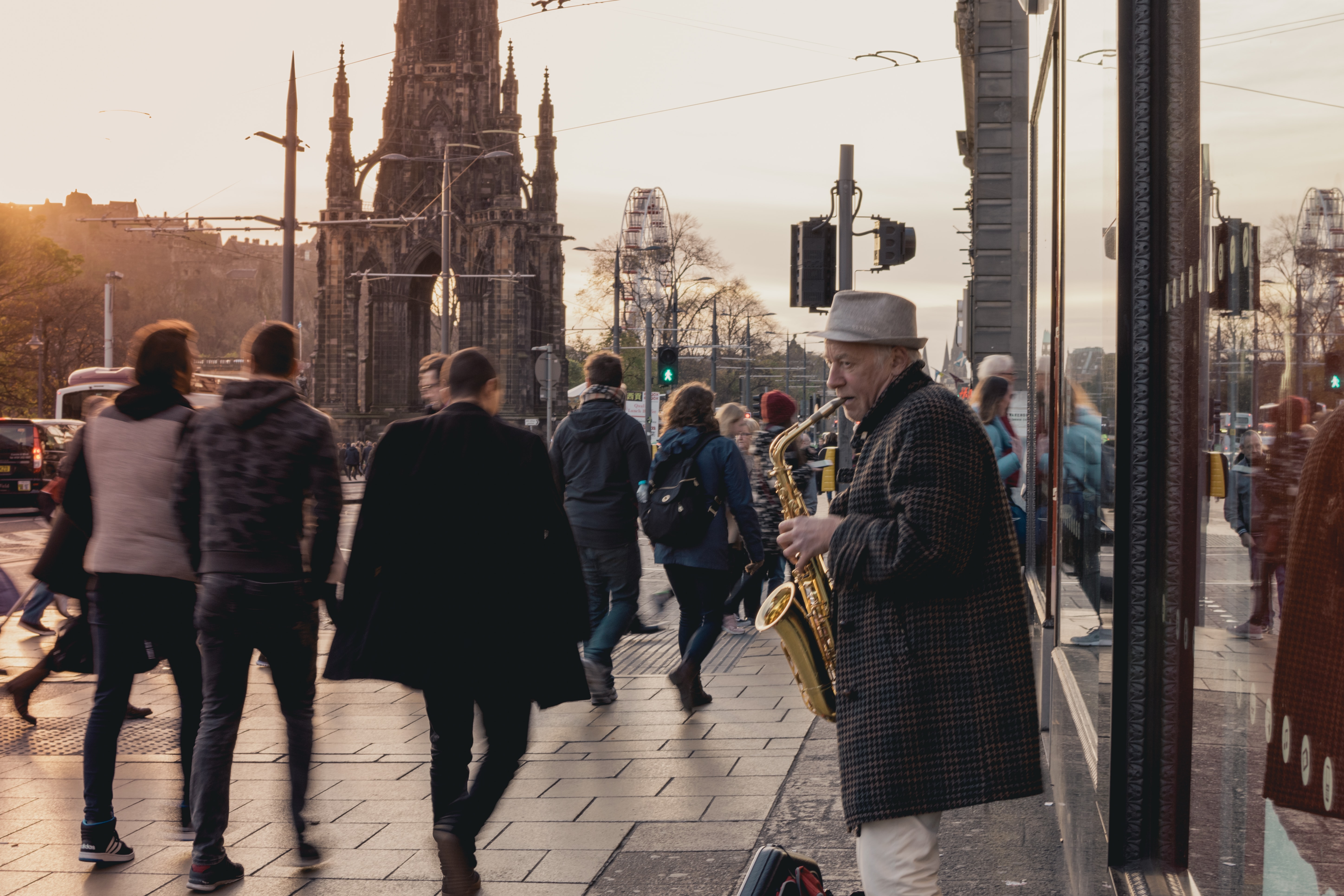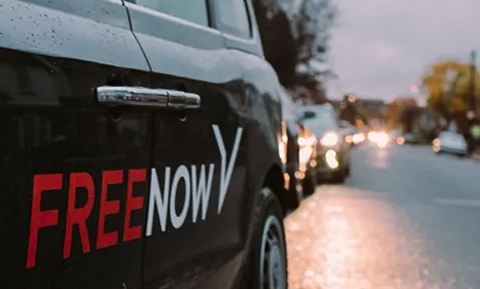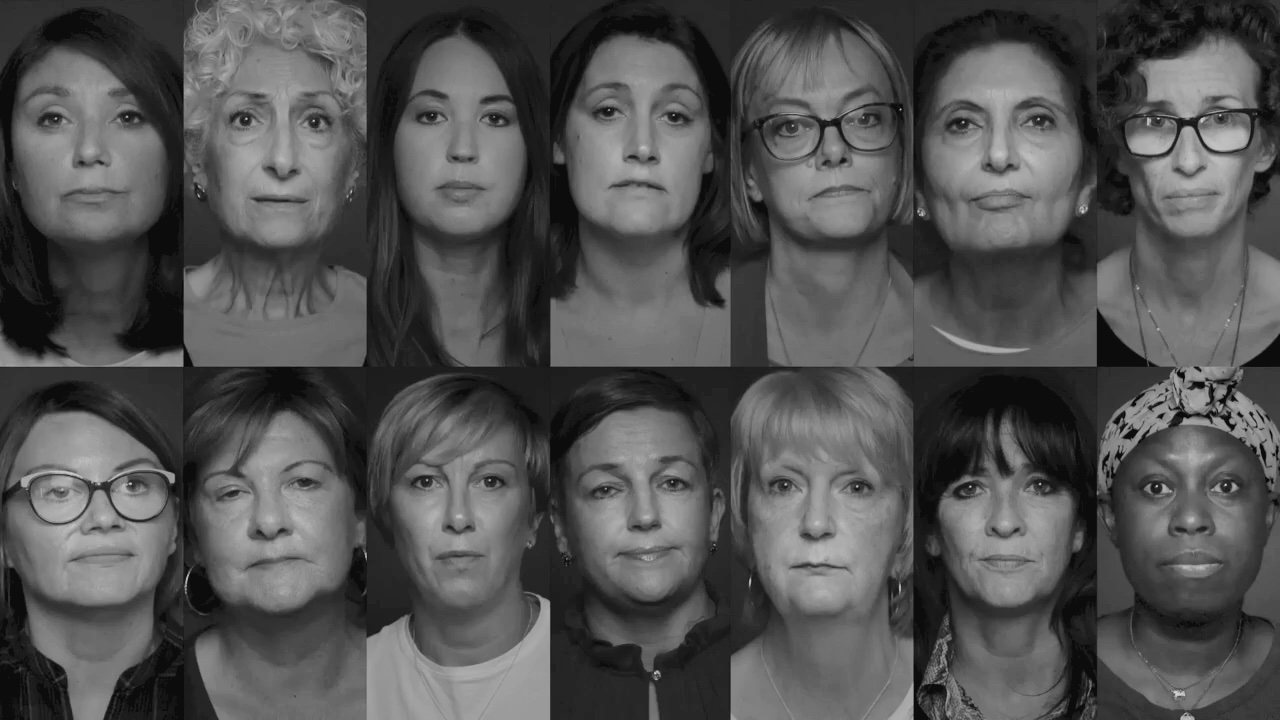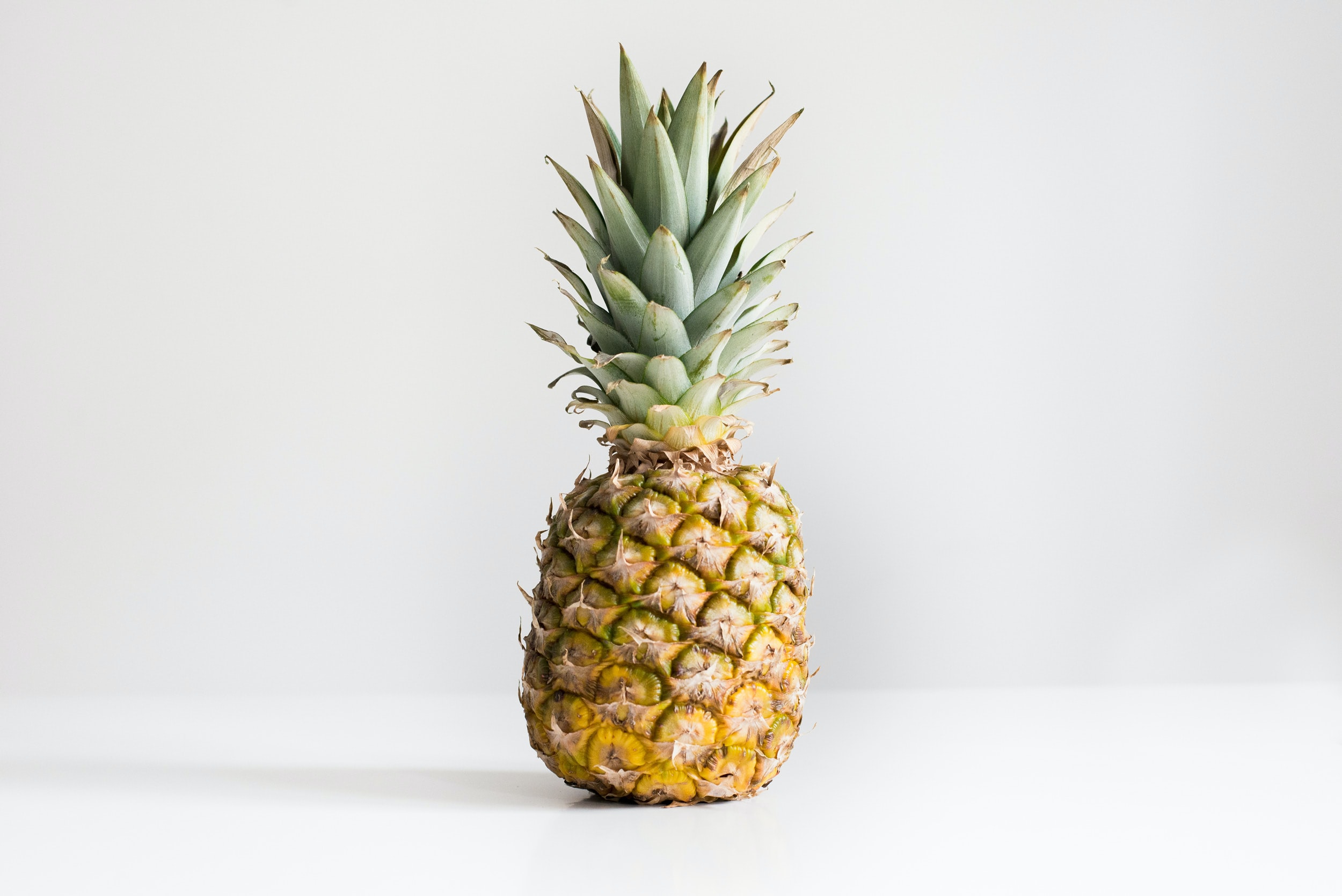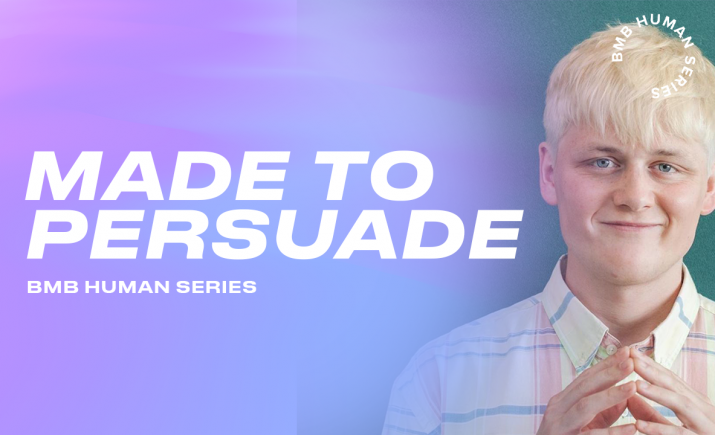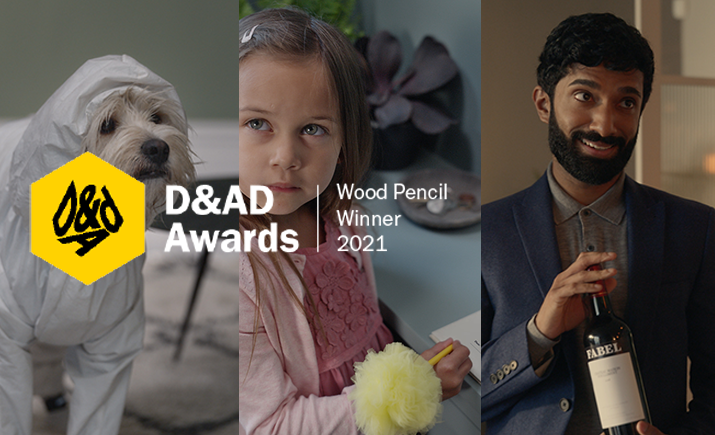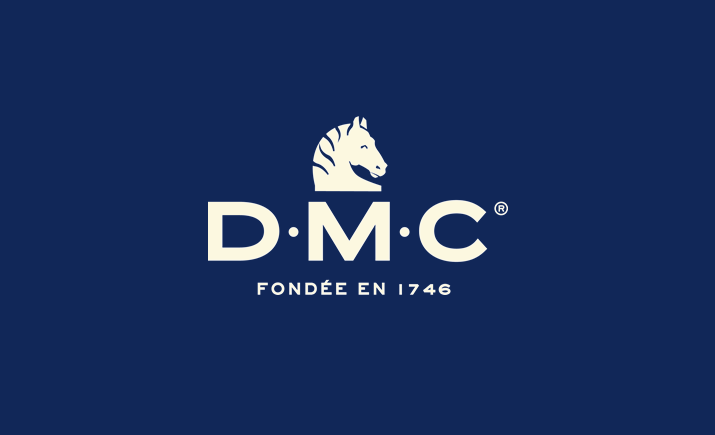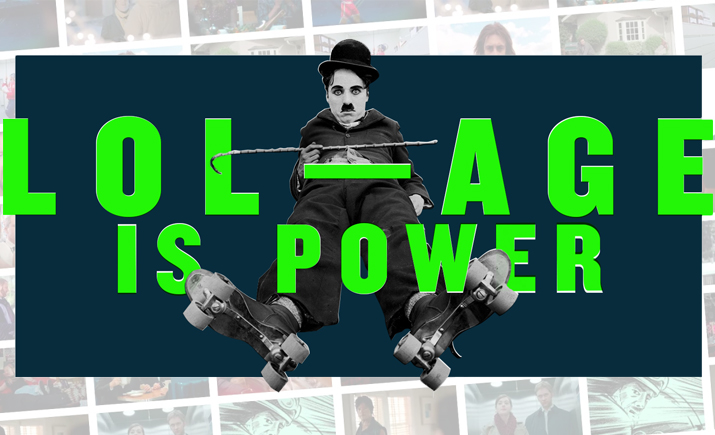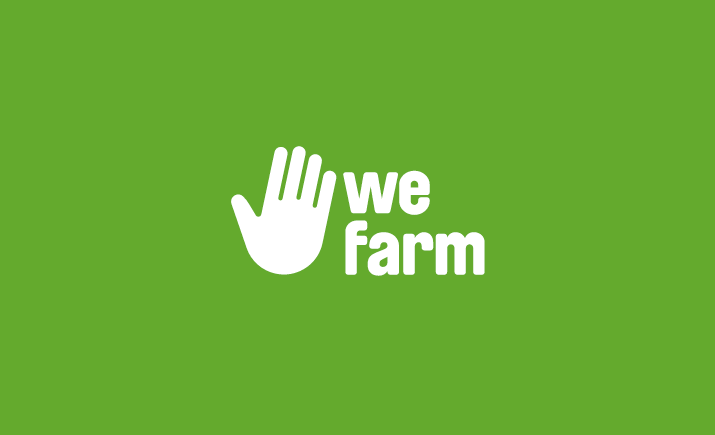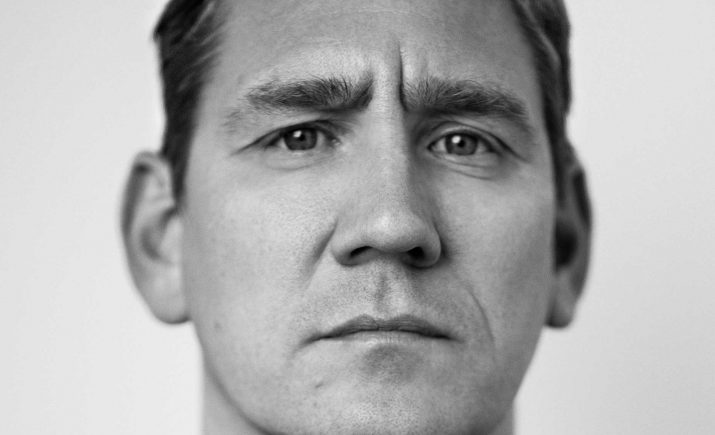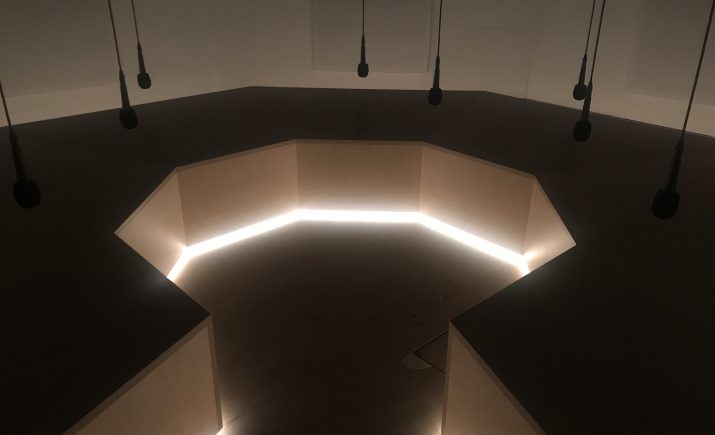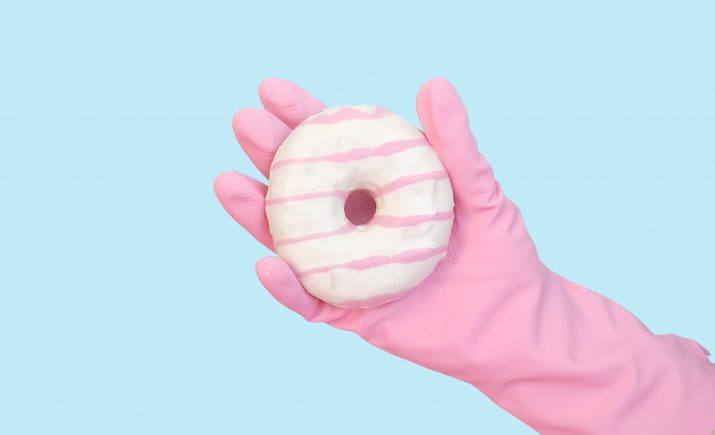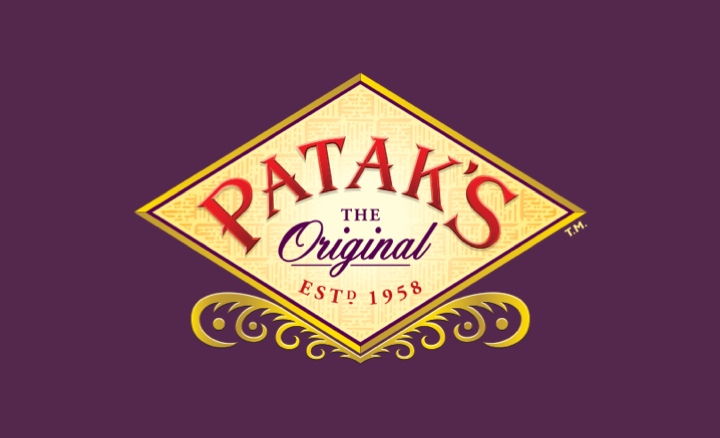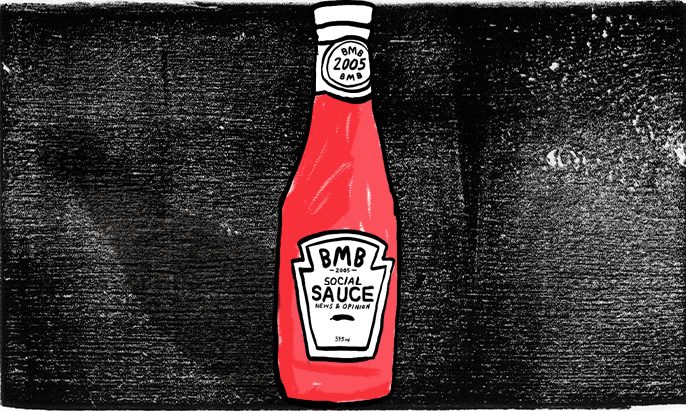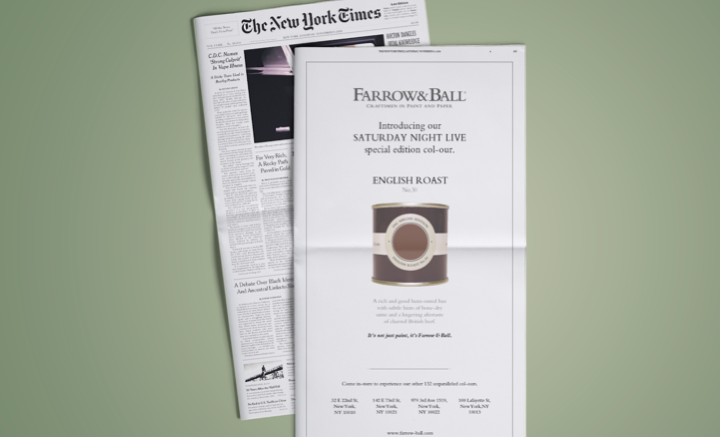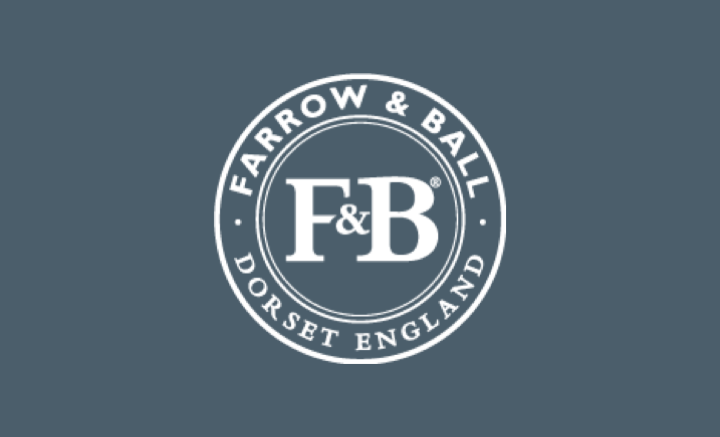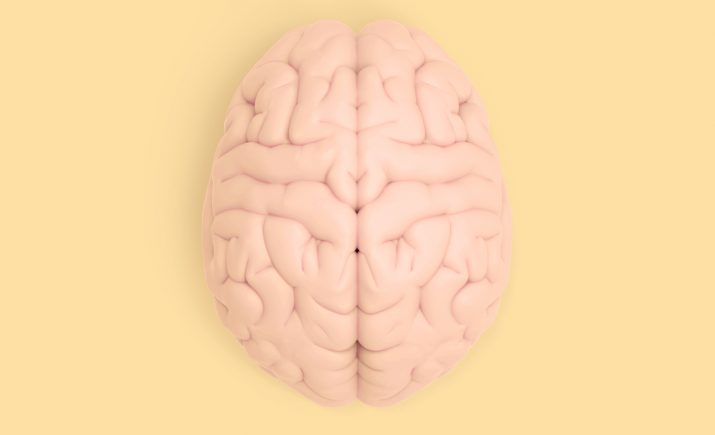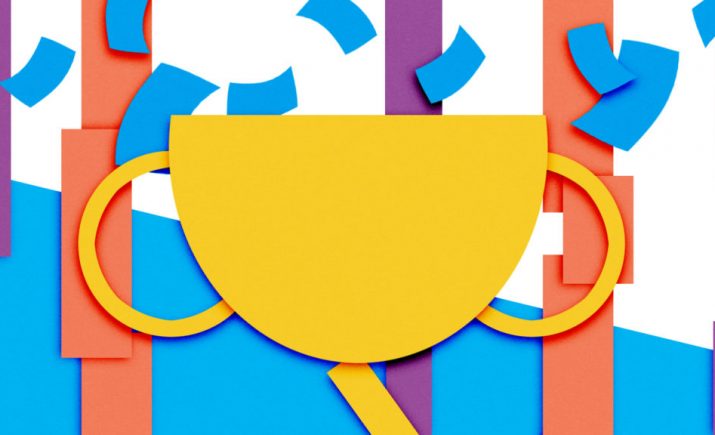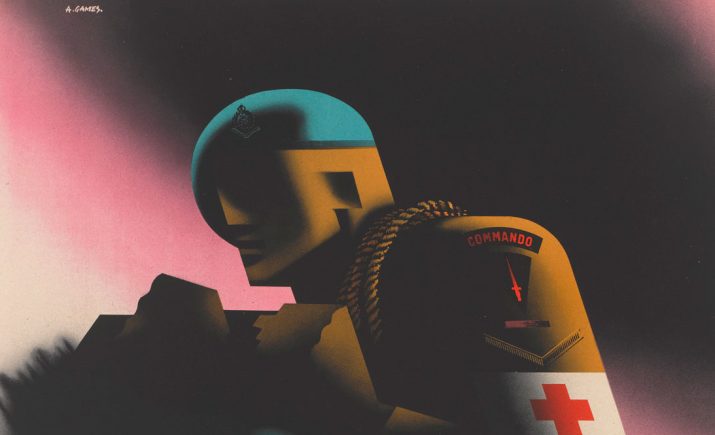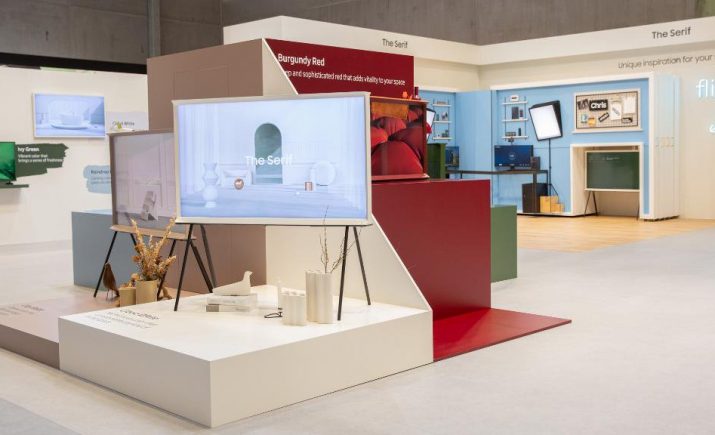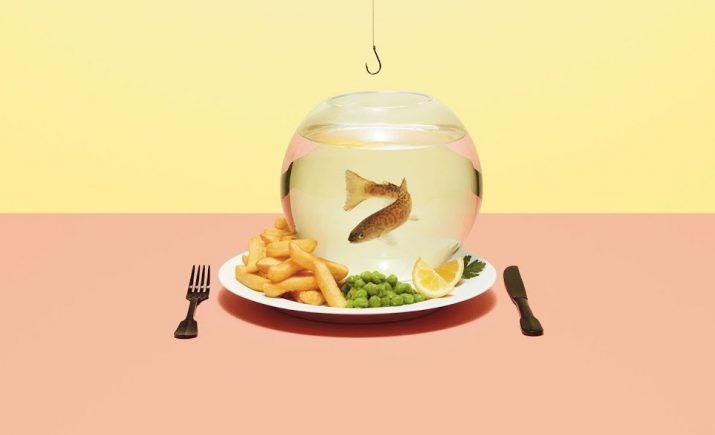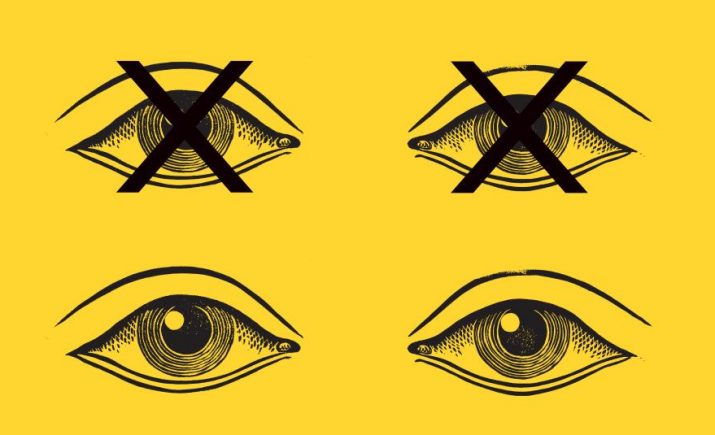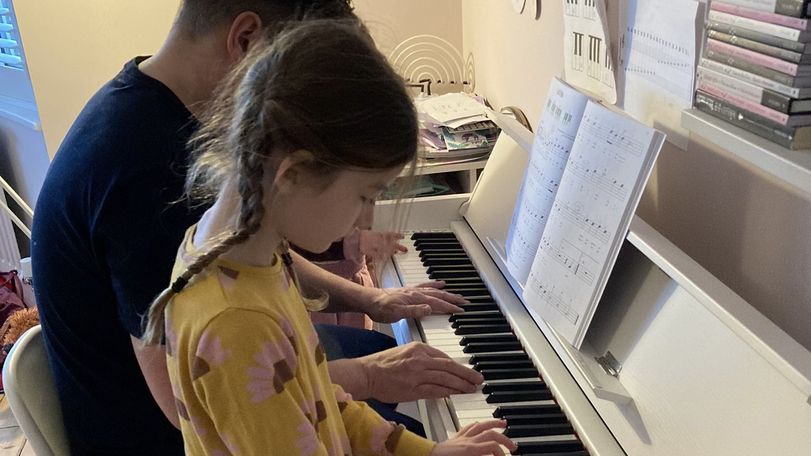
Thinking
Bigger than the Plate
30.08.19
The V&A’s exhibition Bigger than the Plate is filled with thought-provoking installations that bring together the politics and pleasure of food. Taking visitors from compost to plate through a full food cycle, it asks viewers to think about how the choices they make can lead to a more sustainable food future. As an agency that works with a number of FMCG brands, we want to understand more about the sustainability issues facing our clients and explore how advertising has played a role in the changes to modern food production and consumption.
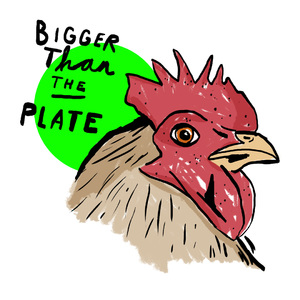
The show is structured in four parts: compost, farming, trading and eating. It explores the work being created by scientists and innovators at every stage of the food cycle, all across the world, in an optimistic, provocative way. The exhibition begins at the end: waste. It ranges from rotting food to excrement, and the inventions trying to curb the wasteful attitude we have to a staggering amount of produce and products. Visitors can touch sunglasses made from bioplastic and leather made from pineapple. They can see mushrooms sprout in a glass cabinet – made from leftover coffee grounds taken from the museum café. Within the overarching aims of practicality and sustainability that these innovations strive for, design is not lost.
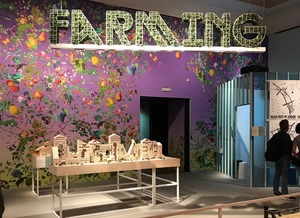
Subverting the popular opinion that bacteria are a source of harm, they examine how microbes help form us, feed us and protect us. Nevertheless, we squirm as we examine the 5 kinds of cheese that have been harvested from the armpits, toes, belly buttons and nostrils of celebrities. We’re challenged to reconsider those feelings of disgust, exploring how bacteria cross boundaries between our bodies, our environments and our food. Agapakis and Tolaas’s work explores the impact of biotechnology on our lives, examining a slightly more squeamish side to sustainable living.
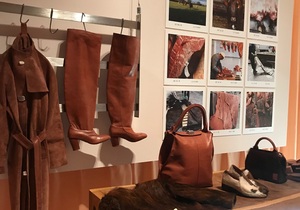
To end the exhibition, guests circle a huge dining table laid with unusual and unique utensils – novelty plastic cutlery designed to stimulate a deeper range of senses, alongside traditionally crafted ‘Brexitware’ egg cups. Finally, visitors are invited to key their three food preferences (i.e. zero waste, sustainable, affordable) into a computer, whereby a bespoke canapé is prepared.
We left blown away by the 70 contemporary projects brought together by the curators. Not only did we glean a deeper understanding of the often-stomach-churning way our food gets to our plates, but we were also inspired by the creativity and innovation behind the featured projects – each rethinking what food means and the complex role it plays in building a more sustainable future.
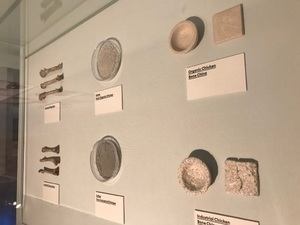
We are meant to feel uncomfortable. We are meant to feel accountable
The exhibition moves on to trading and eating. These rooms are more focused on fun, interactivity and aesthetics. By this part of the show, we are no strangers to unusual foods, but Christina Agapakis and Sissel Tolass take things to a new level, culturing cheese from human bacteria to explore our relationship with the microbial world.
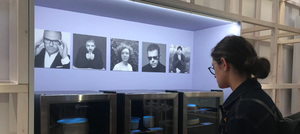
Subverting the popular opinion that bacteria are a source of harm, they examine how microbes help form us, feed us and protect us. Nevertheless, we squirm as we examine the 5 kinds of cheese that have been harvested from the armpits, toes, belly buttons and nostrils of celebrities. We’re challenged to reconsider those feelings of disgust, exploring how bacteria cross boundaries between our bodies, our environments and our food. Agapakis and Tolaas’s work explores the impact of biotechnology on our lives, examining a slightly more squeamish side to sustainable living.
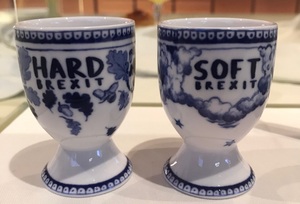
To end the exhibition, guests circle a huge dining table laid with unusual and unique utensils – novelty plastic cutlery designed to stimulate a deeper range of senses, alongside traditionally crafted ‘Brexitware’ egg cups. Finally, visitors are invited to key their three food preferences (i.e. zero waste, sustainable, affordable) into a computer, whereby a bespoke canapé is prepared.
We left blown away by the 70 contemporary projects brought together by the curators. Not only did we glean a deeper understanding of the often-stomach-churning way our food gets to our plates, but we were also inspired by the creativity and innovation behind the featured projects – each rethinking what food means and the complex role it plays in building a more sustainable future.
